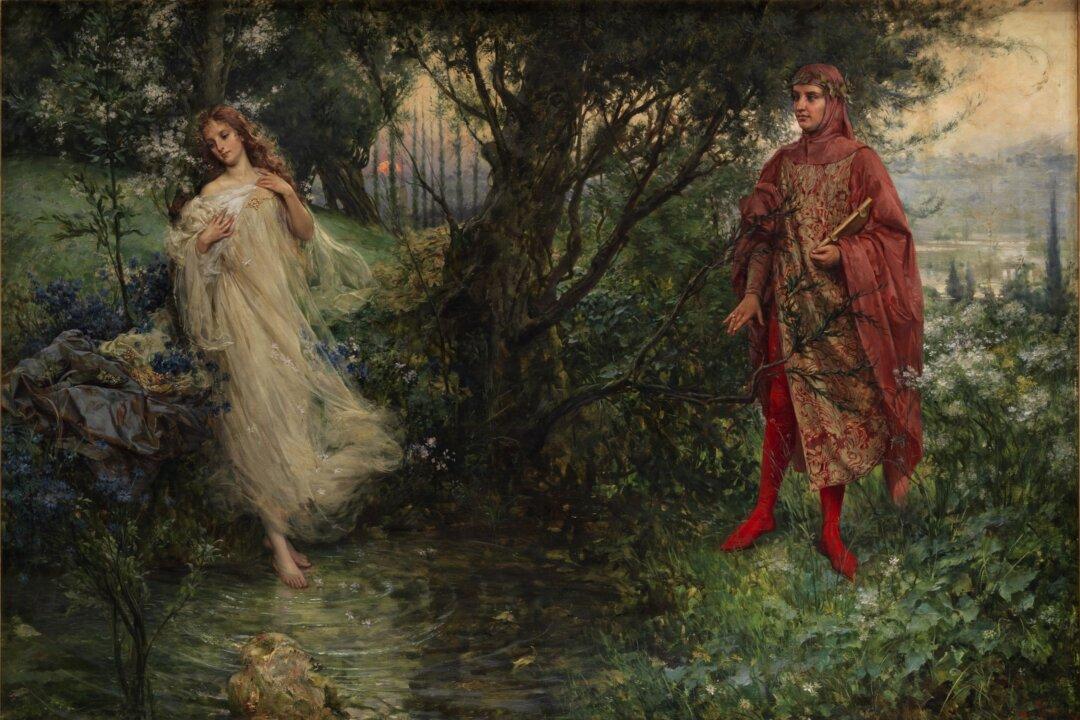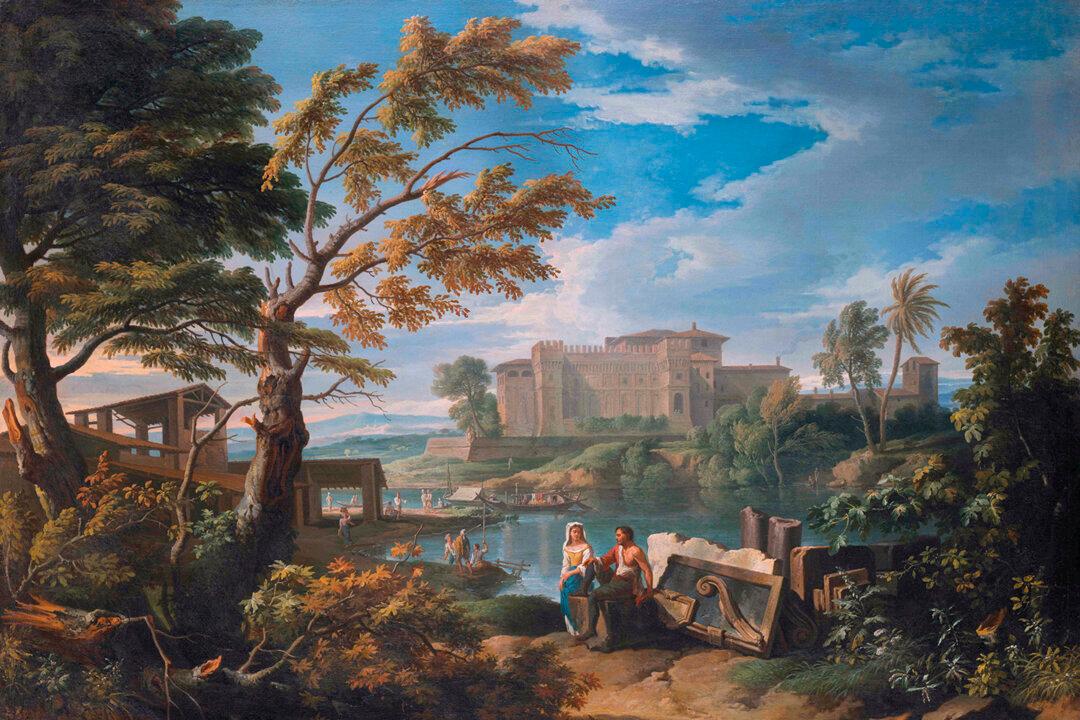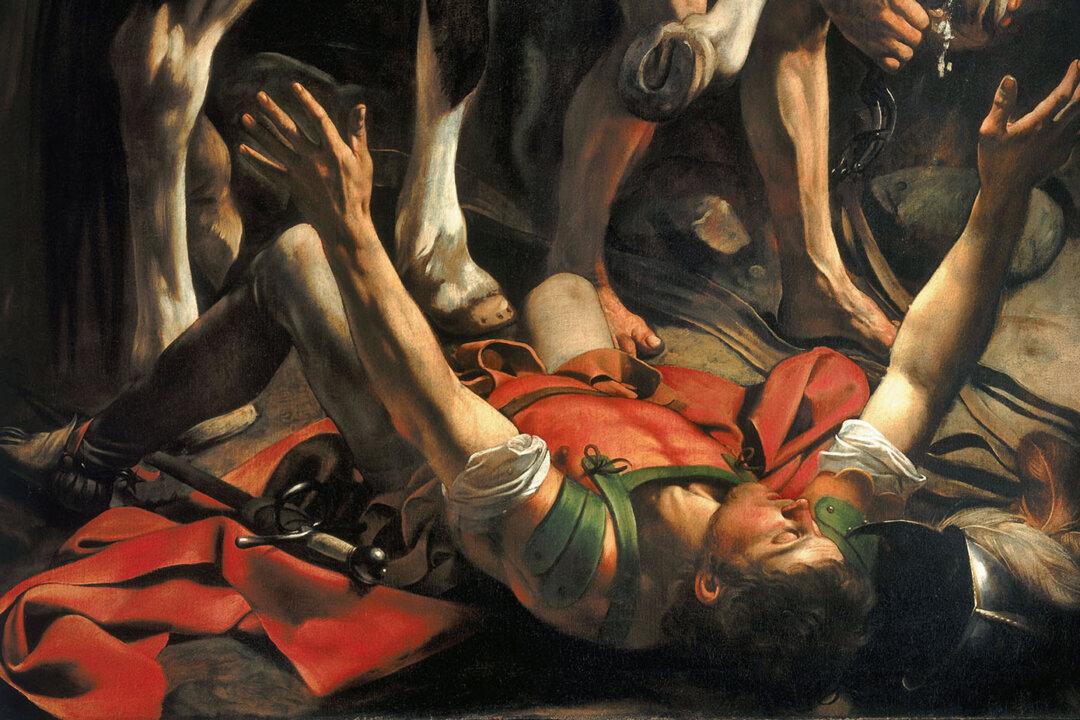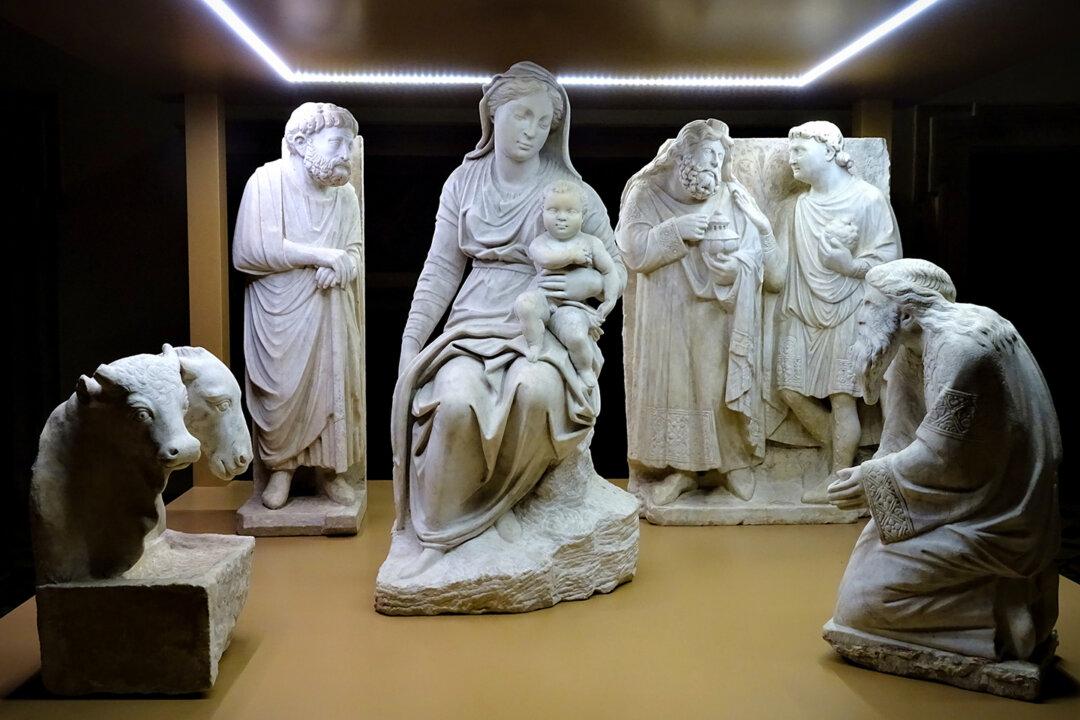When the Beatles crooned “All You Need Is Love” in 1967, they coined an anthem for the flower power age, but when Dante Alighieri composed “The Love that moves the sun and the other stars,” he created the theme song of the Renaissance and beyond.
Worldwide celebrations are underway for the 700th anniversary of Dante Alighieri’s death, the Italian philosopher poet whose early amorous ditties would give way to an epic poem capable of uniting a scattered nation, inspiring generations of artists, and reflecting a universal human story.





